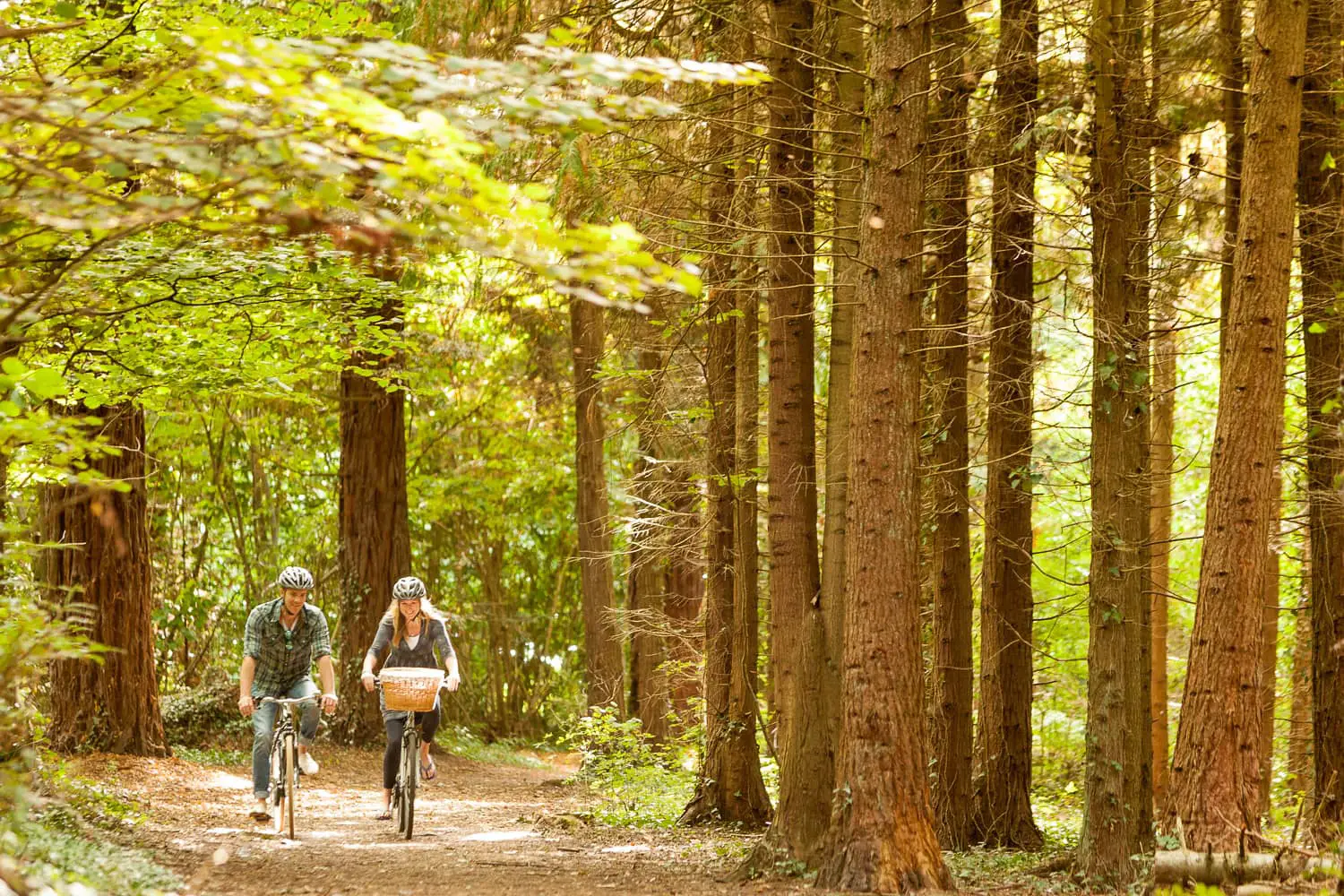After declaring a climate emergency and with an aim to achieve net zero carbon by 2030, plans are being made to help the Isle of Wight combat climate change.
Following a climate motion in 2019 to bring the Isle of Wight Council’s attention to the ever-pressing matter of climate change and global warming, the council started drafting a climate and environment strategy.
Reducing the Island’s carbon footprint
The draft strategy sets out key activities the council can take to fulfil its duties and reduce the Island’s carbon footprint.
Actions undertaken by the council to minimise its own carbon footprint included reducing office space, purchasing electric vehicles and switching to LED street lights.
IWC’s baseline carbon footprint reduced by 65 per cent
The council’s own baseline carbon footprint has reduced approximately 65 per cent from 11,568 tonnes of carbon dioxide in 2009/10, to 4,077 tCO2e, in 2018/19.
A study performed last year for the council, by Regen, energy experts, based on the 2017 emission statistics found the Isle of Wight’s total carbon footprint to be 506,900 tCO2e.
Biggest contributors to Island’s carbon footprint
The three biggest contributors to the Island’s carbon footprint then formed 75 per cent of total emissions — commercial and industrial accounting for 26 per cent, transport 25 per cent and domestic heating 24 per cent.
To meet the target of net zero emissions by 2030, the environment strategy says the Isle of Wight will need to reduce and offset carbon emissions by an average of 12.8 per cent per year.
Ways to offset carbon
If the council were to offset (plant trees or create new woodland, for example) the entire 2017 carbon footprint, approximately 2.5 million trees would have to be planted.
If the council were to eliminate 85 per cent of emissions by 2030, and offset the further 15 per cent approximately, 760 hectares (or 760 rugby pitches) worth of tree coverage would need to be planted.
Reducing emissions
Pathways are being discussed to achieve the net zero target, primarily focusing on reducing emissions with a small amount of offsetting taking place.
The council has said while it can decrease its own carbon footprint, it only accounts for less than one per cent of the Island’s overall emissions.
Widespread behaviour change
The strategy says widespread behaviour change will be necessary across the Island if the target is to be met in the next nine years, with major changes to energy use and production, housing, and transport and its supporting infrastructure required.
Council’s efforts
As part of the Isle of Wight Council’s actions to reduce its emissions, the strategy plans to divest from the use of fossil fuels, make sure council buildings are entry efficient and use renewable energy as well as potentially introducing new planning conditions to protect the natural environment.
For the Island as a whole, the strategy lays out steps to encourage active travel to reduce vehicle use, increase learning about climate change and reduce fuel poverty on the Island.
Target dates for the net zero goal are to be submitted to the full council for review early this year, with the draft plan being considered at a meeting of the policy and scrutiny committee for the neighbourhoods and regeneration on Thursday (7th January).
The strategy document
To read the draft strategy in full, you can view it online or click on the full screen icon below to see larger version.
This article is from the BBC’s LDRS (Local Democracy Reporter Service) scheme, which OnTheWight is taking part in. Some alterations and additions may have been made by OnTheWight. Ed
Image: © Visit Isle of Wight





